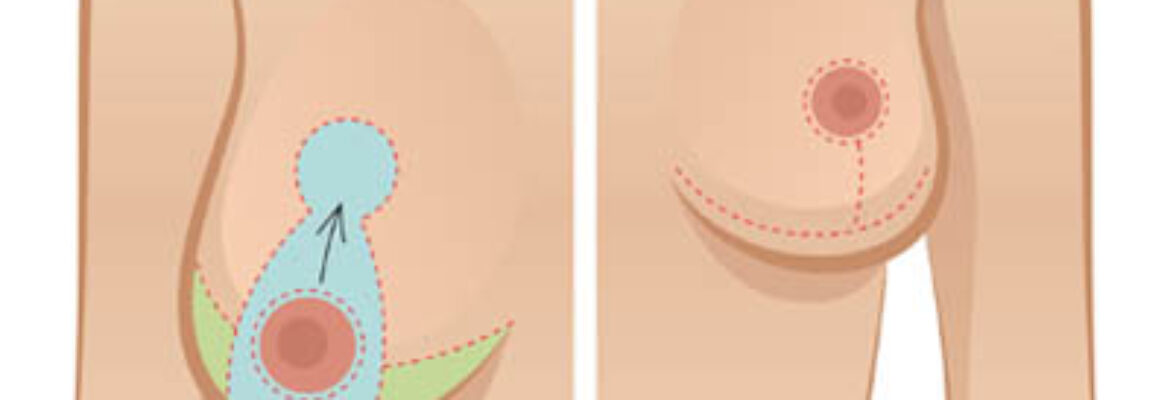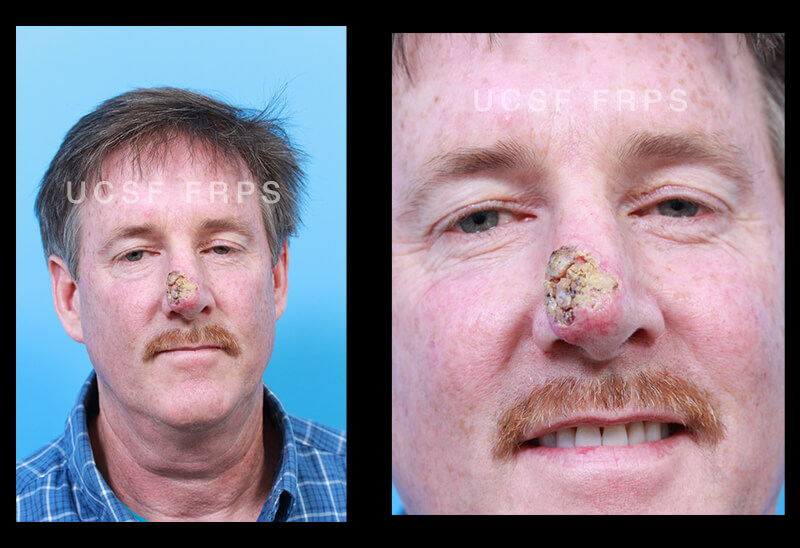
Applying a cold compress to the eye can help to alleviate fluid retention. This can be done up to 20 minutes. Tea bags can also help reduce fluid retention. A cold metal facial roll can be extremely helpful.
Salt and sodium
Salt and sodium reductions may be beneficial for those suffering from fluid retention. To flush out sodium buildup, avoid packaged salty foods and processed foods. The American Heart Association suggests that adults not consume more salt than 1,500mg per day. However, most Americans consume up to twice that amount.
There are many things that can lead to fluid retention under the eye. The most common factor is high salt intake. Fluid retention can also be caused from poor sleep, allergies, hormone changes, and insufficient sleep. Other sources of sodium include canned beans, processed foods, and fatty meals. High intakes of processed foods could also contribute to this condition.
Allergies
An allergy can be the cause of swollen eyelids. In severe cases, a person may develop an allergic reaction called angio-oedema. The condition causes swelling of the skin around the eye, which can cause itching and pain. It can also occur in other parts of your body, such as your face, hands, or feet. An allergy or an infection can cause it. It can also develop in the family.

Allergies can be caused by allergies to foods, chemicals, pollen, and other substances. You may also be allergic to dust or pet hair. You can't avoid allergies all the time, but it is better to avoid them.
Sun exposure
The best thing to do if you are suffering sunburn or have under-eye bags is to limit your exposure to the sun. Sun's UV rays can cause skin damage and degrade collagen and elastin. These proteins are responsible to skin's structure and firmness. The skin can also become dry and brittle from prolonged sun exposure. This can lead to slight under-eye swelling.
Photokeratitis, which is a temporary condition caused by ultraviolet rays and sun exposure, can also occur. This inflammation can affect the cornea, the clear tissue covering the inside and outside eyelids. People who live in high-altitude areas are particularly vulnerable to this problem. These high-altitude residents are more exposed to UV-A rays, which can cause short-term damage to the eye and can impair vision. The good news is that UV-B rays can be absorbed by the ozone layer and are therefore not as damaging to the eyes.
Blockage in tear ducts
Blockage of the tear ducts under one eye can be an uncomfortable condition, but it is easily treatable. These ducts can be opened with both surgical and nonsurgical procedures. Consult a doctor if you suspect your tear ducts may be blocked.
Treatment options for blocked tear ducts are dependent on the cause of the condition and may include surgery to remove the blockage. You can also use protective eyewear and medications to treat blocked tear ducts.

Anaphylactic shock
Anaphylaxis can be a medical term that refers to an allergic reaction in which the body's immune response attacks an allergen. This condition can cause a person to experience shortness of breath, wheezing, and loss of consciousness. This is a serious medical condition and requires immediate treatment. In the United States, approximately one in 50 suffers from anaphylaxis. However, some research suggests that the rate is much higher, and may be closer to one in 20 people. The allergen can cause symptoms within five to 30 min. In some cases, the reaction may take longer.
Fluid can buildup in the body tissues and cause the eyes swelling when the immune system fails to function properly. Anaphylaxis can result from food allergies, medication side effects, and other factors. An allergic reaction can cause wheezing and difficulty swallowing.